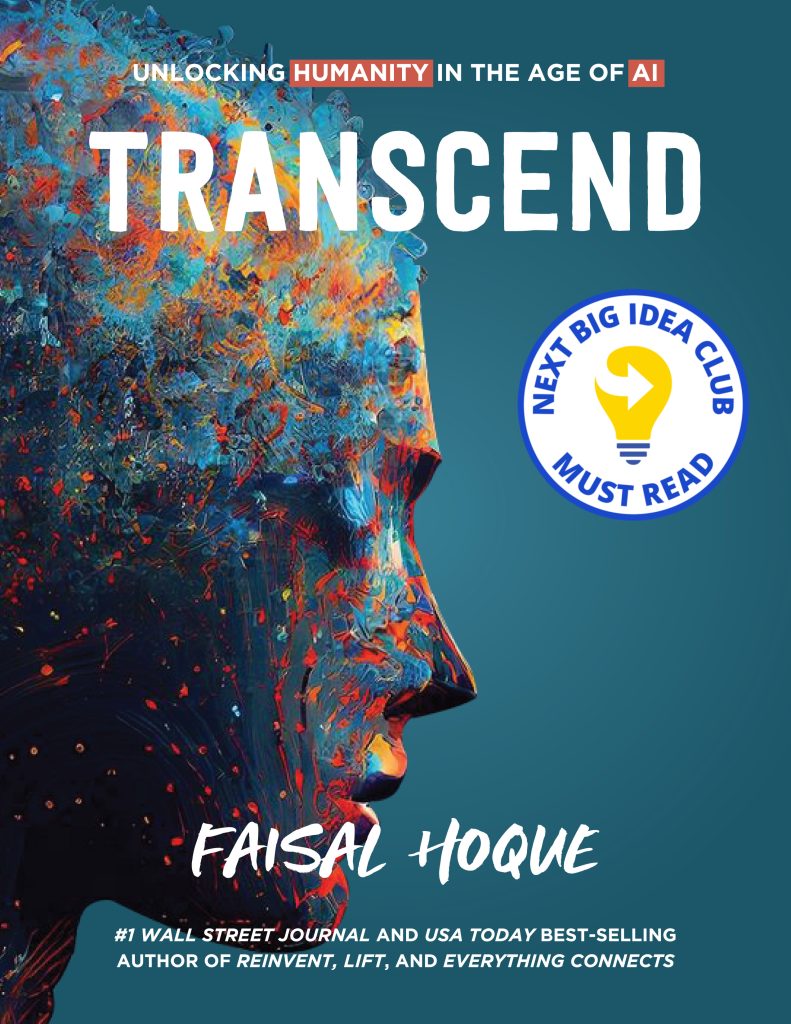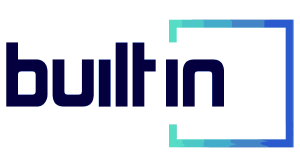How do you know what kind of human/AI partnership is best for your company? Our expert offers his insight.
Nothing in life happens without partnerships. Something as simple as drinking a cup of coffee requires the collaborative efforts of hundreds if not thousands of people to bring about.
AI is no different — harnessing its potential will require partnering internally and externally, across many traditional boundaries and silos. Indeed, partnership plays a particularly crucial role when working with AI because, given the many uncertainties we face, it is a kind of willful blindness to think that any single person or team will have all the answers.
To respond effectively to this uncertainty requires leveraging group intelligence and widening our base of theoretical and practical expertise.
3 Steps to Get Started on an AI Partnership
- Put strict frameworks in place around third-party AI partners.
- Decide which AI options make the most sense for you, and then thoroughly assess each one.
- Once you’ve chosen your AI, ensure you have solid human and technical support for your AI projects.
Laying the Groundwork
Data-Minded Partnerships
From a certain perspective, working with AI is simply working with data. The twist is that AI can already analyze data in quantities and at speeds that are unimaginable for a human. This capability will only increase in the future, and it will eventually generate predictive models and decisions that will consistently exceed those we can arrive at without partnering with these non-human agents.
But these outputs do not depend solely on the power of the algorithms that perform the analysis. If the data our AI agents process is inaccurate or untrustworthy, the solutions they provide will be equally flawed. When dealing with AI, we must, then, keep our “data auditor” hats on at all times to ensure that the results are helpful rather than harmful. As the computer science mantra states: Garbage in, Garbage Out.
The same is true when we set out to build partnerships around AI. We must assess and reassess the data on which we make our strategic decisions around AI to ensure that the outcomes of our initiatives serve our organizational purpose. This can mean putting stringent frameworks in place to evaluate potential third-party partners or to assess the planning work carried out at different levels of the business.
In a world in which the accuracy of data will only become more important, all businesses should be thinking about creating data probity processes overseen by either a senior manager or a company-wide data probity committee.
Expand and Audit Your Knowledge Base
Create an outline to determine what AI is right for you and your company based on purpose, existing knowledge base, cost, possible use cases and even viability. This crucial step provides an opportunity to consider the possibilities AI offers and to make a rapid initial assessment. Once you have established which options show the most promise, a more rigorous assessment of each will be needed.
Start by identifying which of the elements you relied on in your outline planning were estimates, abstractions or simplifications. Then fill in these gaps with the necessary details. For instance, if you based staff needs and costings on numbers from a recent tech development project, you should now acquire accurate information on the specific skill sets you will need and the salaries you can expect to pay for them.
Some businesses might already have teams or individuals they can tap for this detailed information. If that’s the case, you can put a process in place to turn that personal knowledge into institutional knowledge. In other cases, it may be necessary to hire specialists or to draw on third-party expertise to ensure that you can think about the components of your innovation portfolio from a fully informed perspective.
Don’t forget that AI resources may themselves help in answering these questions (although, as always, make sure that any answers are properly sourced to avoid the dangers of hallucinations).
Bridge the Capabilities Gap
Start by assessing the capabilities required for delivering each program and identify internal and external options for meeting those needs. In some cases, a business will already have considerable human and technical resources that can be used for the development of new AI projects.
However, for companies embarking on their first major AI programs it may be necessary to put in place an aggressive training and/or hiring program to ensure that adequate staff are available.
Alternatively, ask whether these capabilities can be acquired through third-party providers or by purchasing companies that already have the individuals and skills you will need. If you decide to use third-party service providers, ensure that you have robust systems in place for hiring and monitoring to ensure your needs are met on an ongoing basis.
Interactive Design
Consult With Stakeholders
All implementations of AI will interact with humans, either directly or indirectly — this is in fact where much of AI’s most radical potential comes from. To ensure that these interactions are optimally beneficial, it is essential to keep the human experience in mind when developing AI agents.
AI personas that communicate with an imperious tone or that fall into the “uncanny valley” between clearly non-human and convincingly human might generate responses ranging from annoyance to fear.
Developing personas that are attuned to the needs of the humans they will work with is not just a matter of presentation but will also have a major impact on efficiency. AI agents should be designed to meet the specific needs of the humans who will be interacting with them. In some cases, that will mean optimizing for speed of interaction and efficient data communication. But in other cases, features such as conversational pauses and other elements of natural language use will be needed to create engaging interactions.
Not all stakeholders will interact directly with the AI persona itself. Some will draw on data gathered second-hand, while others may have a regulatory or social interest in the way you implement AI in your business. As such, it is important to consult with representatives of government agencies and social groups that matter for the public standing of your brand.
This will be particularly important in the early stages of AI implementation as humanity begins to develop its understanding of the place of AI in society and the guardrails that need to be placed around it.
Concerns about tech-led job losses, for instance, are not a new phenomenon, but they come with a particularly sharp edge where AI is concerned due to the sweeping possibilities for social upheaval. Consulting on the speed and nature of your AI roll-out may be necessary not only to avoid public backlash against your business but also to help your company make morally grounded choices that do not create unnecessary harm.
Choosing AI Partners
A critical question to ask at this stage is which human/AI partnership models will be most appropriate in which contexts. Answering this question will often take the form of deciding which AI personas to engage with and in what ways.
For instance, a company might consider using a strategic planning AI persona in an advisor role at the senior leadership level, while seeking to replace some middle management functions with decision-making AI agents that can issue instructions to frontline staff.

However, collaboration is only one possible model for engagement. It is important to also consider whether other approaches might be fruitful. Most obviously, we should also consider whether competitive partnerships can add value to a business.
For instance, an AI sales team built to implement current best practices could be set to compete with a human sales team to encourage the human team to develop innovative new approaches. Another useful model of engagement to consider is co-opetition (a portmanteau of “co-operation” and “competition”).
The basic idea is to think of ways in which we can work with rivals to create value for all parties. An important strategy in this context is the idea of “working with … ‘complementors.’ A complementor is the opposite of a competitor. It’s someone who makes your products and services more, rather than less, valuable.”
Excerpted from Chapter 6: OPEN for Business fromTranscend: Unlocking Humanity in the Age of AI (Post Hill Press; March 25, 2025).
Original article @ builtin
The post How to Identify the Right AI Partner for Your Organization appeared first on Faisal Hoque.


